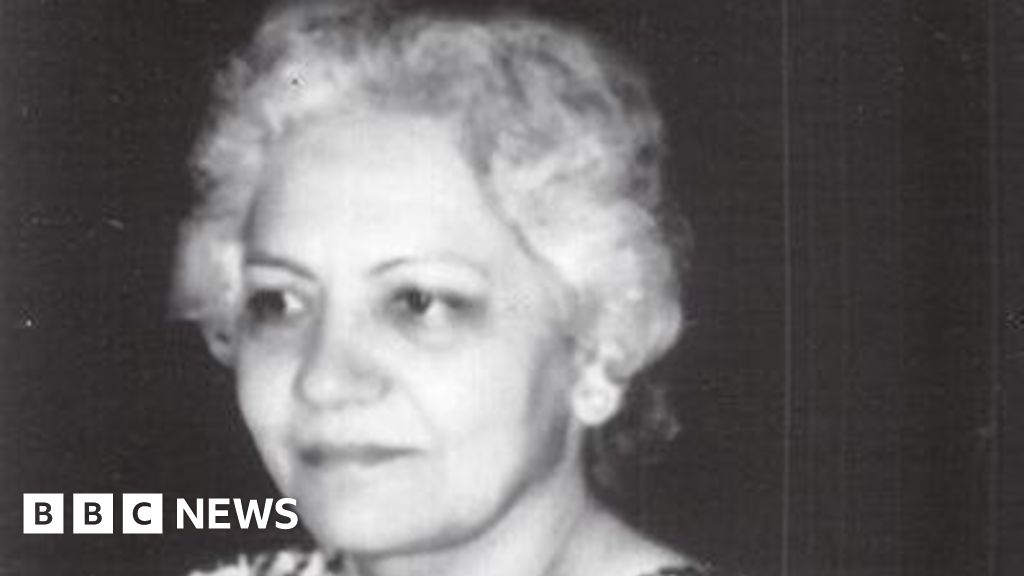Gene therapy is at the cutting edge of medicine, with exciting new products being developed and used to treat a wide variety of genetic diseases. However, one major roadblock to delivering gene therapy quickly is the time-consuming purification process.
Now, researchers from The University of Osaka have reported a new technique that could help accelerate this process: a new way to detect and quantify components of the “delivery system” for therapeutic genes. The work, recently published in Analytical Chemistry, represents an exciting advancement for gene therapy.
Recombinant adeno-associated virus (rAAV) is a promising vector for delivering therapeutic genes to patients with genetic disorders. Cells are first engineered to produce viral particles that contain the therapeutic gene. However, only some of these particles are “full,” i.e., containing the therapeutic gene, while other particles are “empty” and do not. Optimizing the ratio of full-to-empty particles is critical for maximizing clinical efficacy.
“An important quality control step in producing these rAAV-based vectors is determining the number of viruses that contain a complete genome and the number that are empty,” says lead author, Yuki Yamaguchi. “While several methods can accurately distinguish between full and empty particles once the virus has been purified, it is a time-consuming step that slows production.”
The problem is that host-cell proteins get in the way when researchers are trying to distinguish between full and empty particles. These proteins, found in the cell lysate and the conditioned medium, need to be removed, and this is what takes time.
To develop an efficient way of quantifying full versus empty particles, without the need for purification, a technique called mass photometry was used. This technique detects whether substances bind to a glass surface. The study tested the binding activity of full and empty viral particles within rAAVs, cell lysate, and the conditioned medium.
“The results were very promising,” explains Susumu Uchiyama, senior author. “We found that the viral particles, which deliver the therapy, were mostly unbound, while most of the host-cell proteins in the cell lysate and the conditioned medium were bound. In this way, the mass photometer was able to distinguish between the two types of molecules in a way that was quicker and just as accurate as conventional methods.”
Given that the full-to-empty particle ratio is a key measure of rAAV-based gene therapy’s quality and clinical effectiveness, this new technique is expected to improve rAAV production. The technique described here should speed up the manufacturing process, with positive effects for patients in need of genetic therapy.
More information:
Yuki Yamaguchi et al, Direct Identification and Quantification of Recombinant Adeno-Associated Virus in Crude Cell Lysate and Conditioned Medium by Mass Photometry, Analytical Chemistry (2025). DOI: 10.1021/acs.analchem.5c00793
Provided by
University of Osaka
Citation:
Mass photometry technique speeds up quality control in gene therapy vector production (2025, May 12)
retrieved 12 May 2025
from
This document is subject to copyright. Apart from any fair dealing for the purpose of private study or research, no
part may be reproduced without the written permission. The content is provided for information purposes only.


















